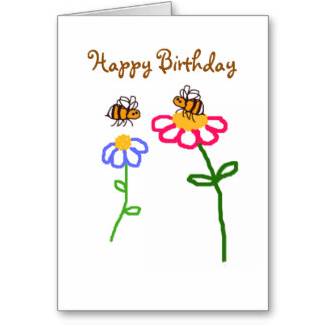A to Z of
Honey Bees And Beekeeping:
C - D
C
Candy
Solid food made by beekeepers from sugar – also called fondant, that may
be fed to bees.
Capped cells
Cells of the honey comb that have been covered over with wax
by honey bees following the honey making process. It is at this stage that beekeepers know the
honey is ‘ready’, and may begin to harvest it.
Read more about how bees make honey.
Capping of cells also occurs once grubs pupate in the cells. At this point, again honey bee workers cap the cell with wax. Read about the honey bee lifecycle.
Carniolan Bees
A sub species of honey bee – Apis mellifera carnica, originating in Central Europe. It is considered to be docile and suited to
cooler climates.
Cells
Hexagonal cells are constructed by honey bees from wax, and are used for
storing honey and rearing larvae.
Chalk Brood
Caused by Ascosphaera apis.
A fungal infection which ‘mummifies’ the larvae of the honey bee, giving
a ‘chalky’ appearance. Not as serious as
American foul brood.
Chandler, Phil – The Barefoot Beekeeper
Author and advocate of ‘Natural Beekeeping’. Read a Q&A with Phil.
Colony
Honey bees live in colonies, with a queen, workers and
drones. A colony goes through cycles,
and can reach around 60,000 bees or even more.
Colony Collapse Disorder
Also known as CCD. See CCD.
Crown Board
Known also as an inner cover. A movable flat board above the super in
traditional hives rather than top bar hives. It has a hole in it for
ventilation and feeding access. By adding an ‘escape’, the hole also allows it
to double as a ‘clearer board ‘.
D
Dadant, Charles (20 May 1817–26 July 1902)
A French American beekeeper, considered to be one of the founding
fathers of ‘modern beekeeping’, and inventor of the Dadant bee hive.
Drone
A male bee. Drones
have no sting, and do not survive with the colony through the winter. They may live for just a few weeks or up to 4
months.
Drone Culling
The practice of removing cells containing drones, sometimes
to hamper the spread of Varroa infestation (Varroa mite are believed to prefer
drone cells over other cells). In the
past, drones were also sometimes culled because it was thought they were a
drain on the colonies.
However, not all beekeepers practice drone culling, and some are opposed. There is concern the end effect is a reduction in the quality of queens due to a shortage of good drones.
If you found this page helpful or interesting, I'd really be grateful if you would share it with others - if not this page, perhaps another, such as Gardening For Bees.
Thank you so much :) .
